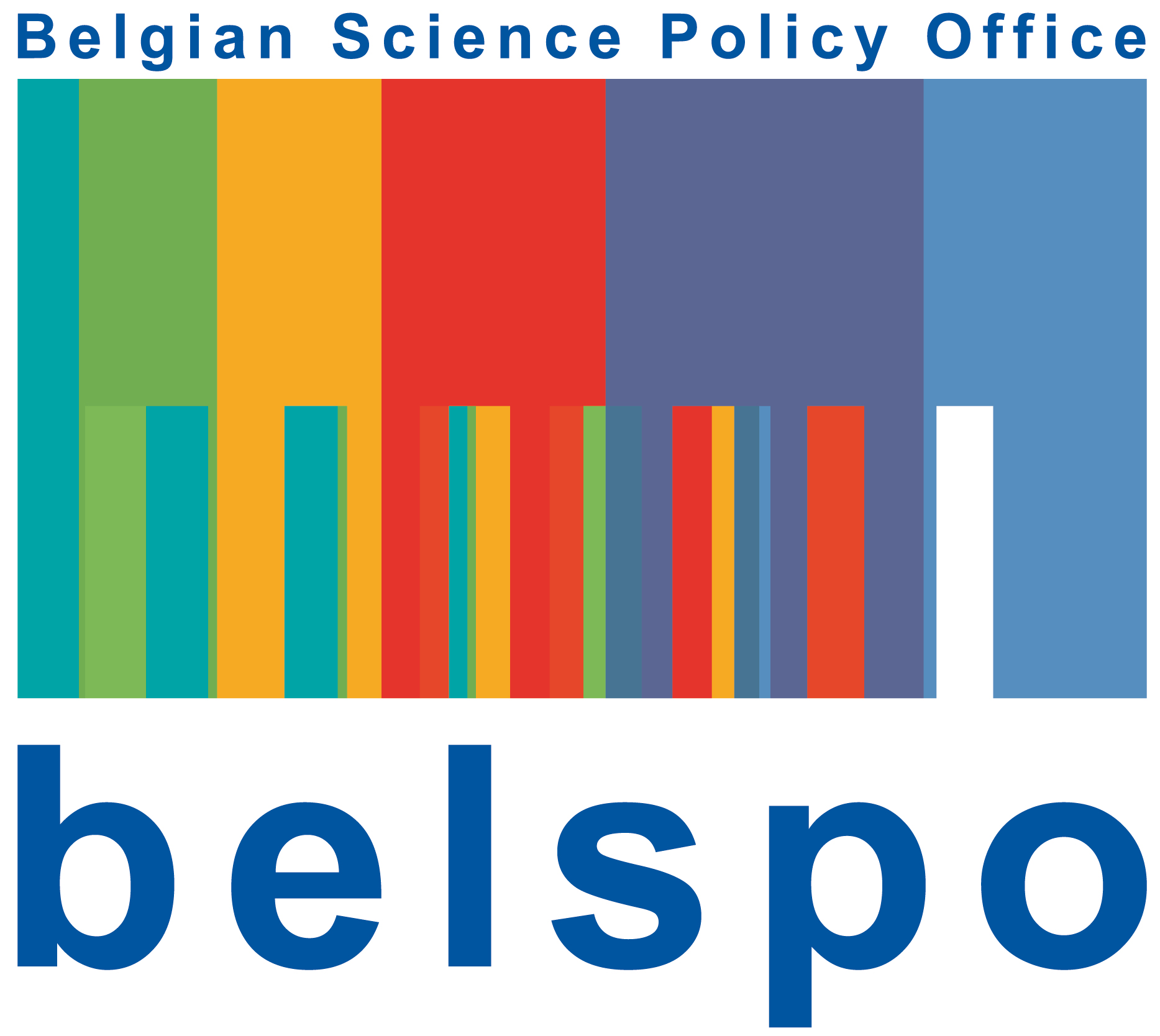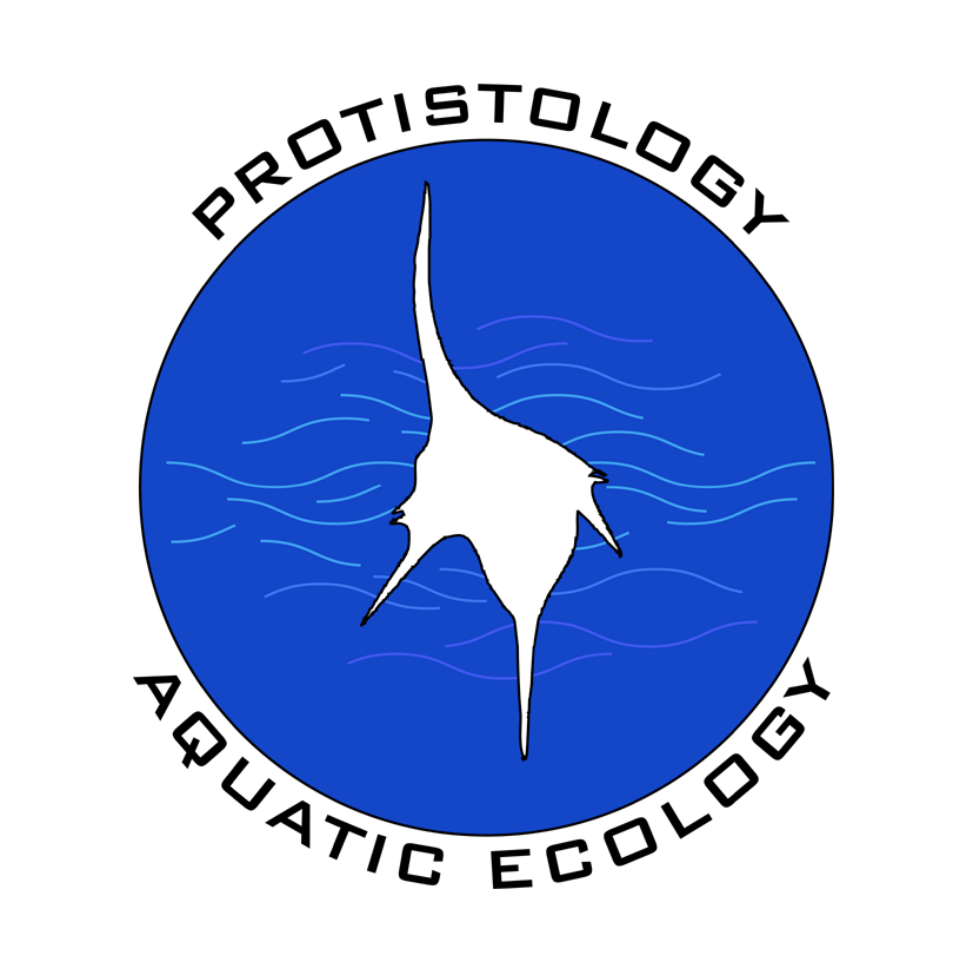
Welcome to the MICROBIAN project website!
Site under construction.
UPDATE: Our blog is active! You can follow the updates on the current expedition via www.bloggen.be/microbian or click on the link in the menu.
The MICROBIAN project is aimed at studying the effects of climate change on the diversity and genetic -functional attributes (nutrient and carbon cycling) of inland Continental Antarctic microbiomes in soils. The scarce ice-free areas in Antarctica are among the most extreme terrestrial environments on Earth. Life in these places is dominated by microbes. As a consequence, foodwebs are strongly truncated, with few metazoans consuming organic matter and microbial biomass. Elucidating the factors that shape the biodiversity of these microbiomes and control their contribution to biogeochemical processes, provides the scientific basis for habitat mapping and classification, for developing conservation strategies, for guiding long-term monitoring efforts and for predicting their possible response to future environmental changes. In this respect, inland nunataks in East Antarctica, like the Sør Rondane Mountains, are far less well-studied than those in more coastal locations and in the McMurdo Dry Valleys. This is surprising given their long-term exposure and their potential role as ice-free refugia during Neogene and Pleistocene glacial maxima.
The specific objectives of MiCROBIAN are to:
- predict the response of biological crust and microbial mat communities and their ecosystem functions to future environmental changes;
- identify those species and processes that are changing in response to climate change. These indicators can then be used as ‘canaries in the coalmine’ to track changes in temperature and snow cover regimes and growth season length;
- assess where and when changes in ecosystem processes occur along gradients in temperature and snow cover and identify environmental thresholds and tipping points;
- assess potential means of cross contamination of (alien) microorganisms between different ice-free regions, which will provide the scientific underpinning for policy support related to the Committee on Environmental Protection of SCAR.
MICROBIAN will contribute significantly to two different Scientific Committee on Antarctic Research (SCAR) Biology programs, namely AntEco (state of the Antarctic ecosystem) and AnTERA (Antarctic Thresholds – Ecosystem Resilience and Adaptation). AntEco focuses on past and present patterns of biodiversity across all environments within the Antarctic, while AnTERA is aimed at understanding the current functioning of biological systems to determine thresholds and predict the trajectory of future ecosystem services (SCAR Scientific Research Programmes).
The project is also embedded within the interdisciplinary SCAR working group ANTOS (Antarctic near-shore and terrestrial observing system), which aims to establish an integrated and coordinated transcontinental and trans-regional environmental surveillance system to identify and track environmental variability and change at biologically relevant scales, and to use this information to inform biological, physical, and earth science studies as well as to promote interaction between these fields of investigation.
MICROBIAN is a BRAIN-be funded project, coordinated by Prof. Wim Vyverman (Laboratory of Protistology and Aquatic Ecology, Ghent University, Belgium), in collaboration with Dr. Annick Wilmotte (Centre for Protein Engineering, Liège University, Belgium), Prof. Anne Willems (Laboratory for Microbiology, Ghent University, Belgium), Dr. Quinten Vanhellemont and Dr. Anton Van de Putte (Royal Belgian Institute for Natural Sciences, Brussels, Belgium), Prof. Bart Van de Vijver (Botanical Garden, Meise, Belgium), Dr. Aleks Terauds (Australian Antarctic Division, Kingston, Australia) and Prof. Josef Elster (Centre for Polar Ecology, Ceske Budejovice, Czech Republic).

